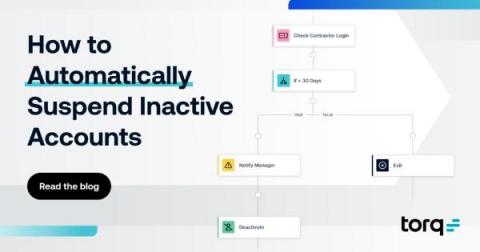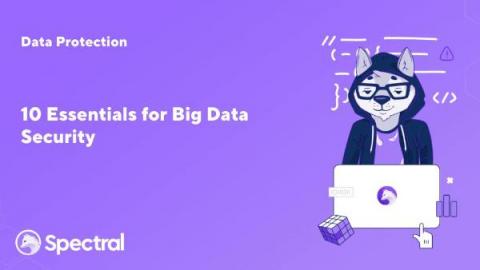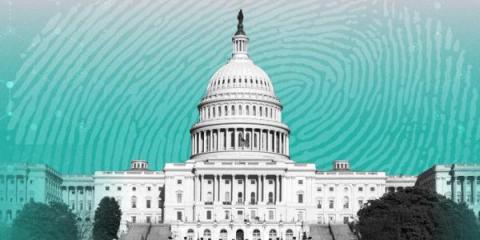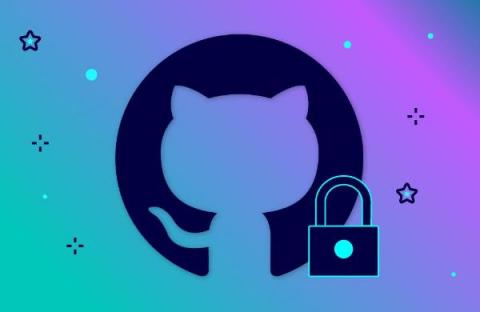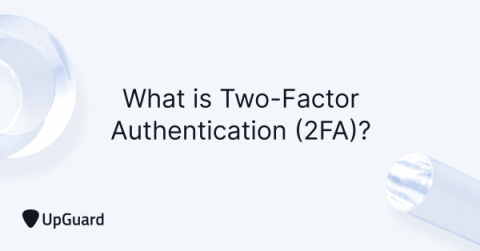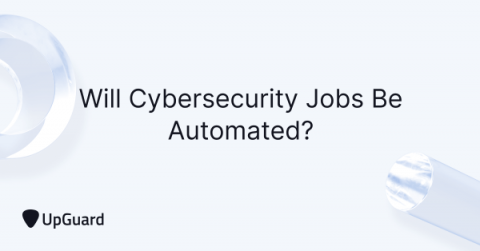A Guide to CIS Control 8: Audit Log Management
CIS Control 8 Center for Internet Security (CIS) version 8 covers audit log management. (In version 7, this topic was covered by Control 6.) This security control details important safeguards for establishing and maintaining audit logs, including their collection, storage, time synchronization, retention and review. Two types of logs are independently configured during system implementation.




